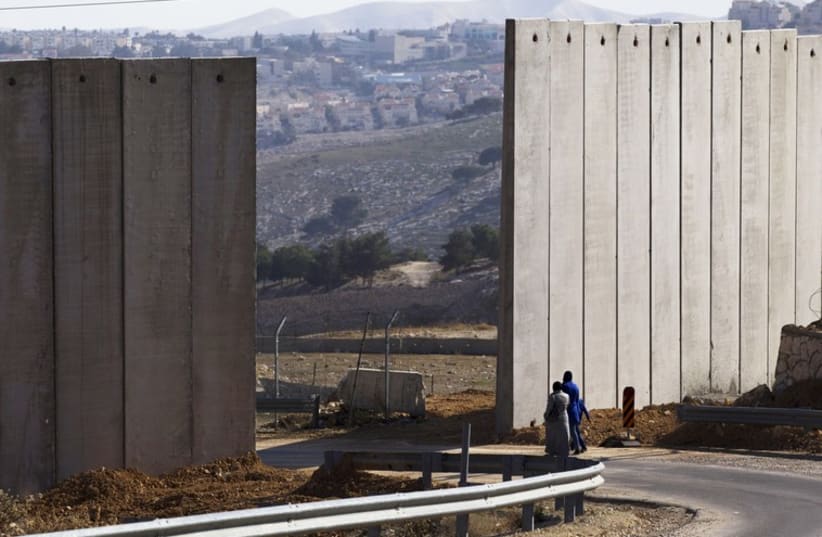See the latest opinion pieces on our page
There is a lot of room for irony here. The IDF has traditionally served as the great socializing mechanism of Israeli youth, according to which the typical free-spirited Israeli 18-year-old is exposed for the first time to military discipline – indeed, some might say to discipline of any kind.This comes as a shock to most, but is an essential part of the process involved in making a civilian into a soldier.The traditional idea, common to all militaries, is that a person’s civilian persona must be deconstructed before he or she is reformed as a soldier, whose following orders is often a matter of life or death.Military distance thus serves a vital, often life-saving role in training. Nevertheless, the army of the Jewish people knows when to close the distance between commander and troops once the points of training are made.The IDF knows that the players in this most serious game do their best when they revert to their basic humanity.But military distance is not the first time that young Israelis encounter the concept. In national terms, they are spending their formative years growing up in a country where the distance between two peoples is much greater than it should be. The snail-paced peace process is another victim of distance; it seems to grow longer with time, much like the distance between Jerusalem and Tel Aviv during rush hour.There is of course no denying the necessity of keeping a certain distance – the kind, for example, represented by the West Bank security barrier, at least for the foreseeable future. The security barrier works, despite its poor reputation among those critics who are ignorant of how many lives it has saved, by keeping out suicide bombers.It is our Israeli version of what the poet Robert Frost said of good fences: they make good neighbors.Young Israelis also grow up with “distance” between them and their peers living in the Diaspora. Birthright trips have brought thousands of young Jews from all over the world together in Israel for brief visits. The encounters stimulate a new awareness of Jewish identity among both the visitors and their hosts. The visitors, however, must now answer the question of how to deal with their new distance from Israel.As we celebrate the Festival of Freedom and remember the joy of the Exodus, we know the rest of the story: There are 40 years of desert ahead before we are back in the Promised Land. The distance from Sinai to Canaan doesn’t take 40 years to travel, even with traffic. There was a higher purpose to this lengthy encounter with distance.The generation of slaves had to be replaced by those born in freedom. This could occur only by stretching the distance of the journey over time. The new generation thus broke the distance of the nation’s basic training in the wilderness, which began with the commander’s introductory orders at Mount Sinai. As playwright Edward Albee wrote in The Zoo Story, sometimes one has to go a great deal out of one’s way in order to go a short distance correctly.
Distance matters
The West Bank security barrier is our Israeli version of what the poet Robert Frost said of good fences: they make good neighbors.
